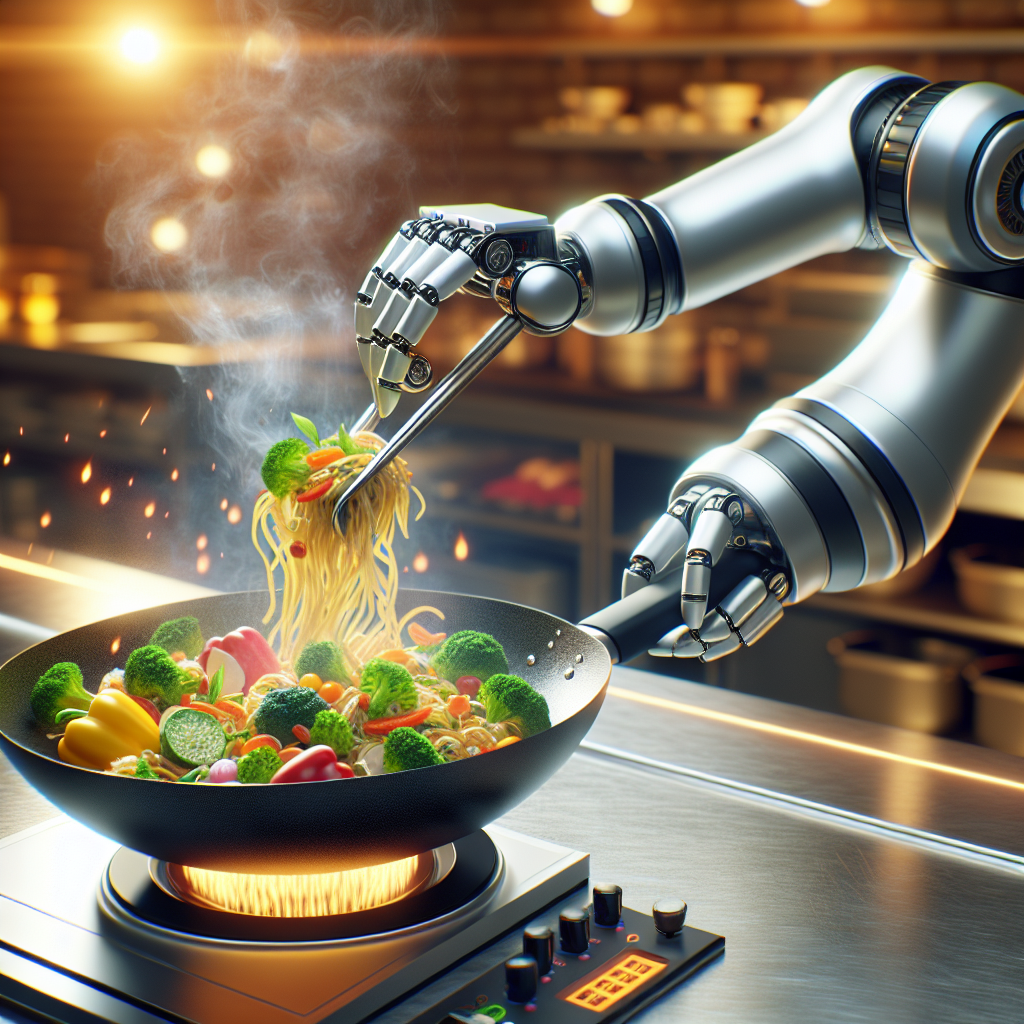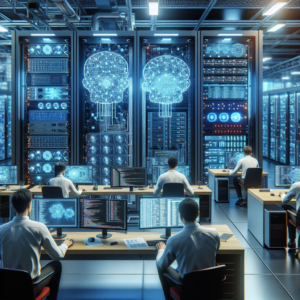Can Artificial Intelligence Stir-Fry?
As technology advances, the realm of artificial intelligence (AI) continues to expand, touching aspects of our lives we may not have imagined just a few years ago. One of the most intriguing questions is: can AI actually cook? Specifically, can it master the culinary technique of stir-frying? This question not only challenges our understanding of AI but also explores the intersection of technology and food culture.
The Rise of AI in Culinary Arts
The fusion of technology and cooking is not a new concept. Chefs have long been experimenting with gadgets and tools that enhance the cooking process. However, the introduction of AI into the kitchen adds a new layer of sophistication. From recipe suggestions to precise cooking techniques, AI has the potential to revolutionize how we prepare and consume food.
Recent advancements have led to the development of AI systems that can analyze vast amounts of culinary data. These systems can learn from established recipes, understand flavor profiles, and even predict the perfect cooking time and temperature. As a result, the idea of an AI equipped to stir-fry becomes not just a whimsical notion but a tangible possibility.
The Mechanics of Stir-Frying
Stir-frying is a cooking method that involves quickly frying small pieces of food in a small amount of oil over high heat. This technique requires precision, timing, and a deep understanding of how different ingredients react to heat. To perfect stir-frying, one must consider factors such as:
– The size of the food pieces
– The type of oil used
– The order in which ingredients are added
These factors contribute to the overall flavor and texture of the dish. For AI to master stir-frying, it must not only understand these mechanical aspects but also adapt to the nuances of human taste.
Can AI Understand Flavor?
One of the biggest challenges for AI in the culinary world is grasping the complex nature of flavor. Humans experience taste through a combination of sensory experiences, including smell, texture, and visual appeal. While AI can analyze chemical compounds and predict flavor combinations based on data, it lacks the capacity for personal taste preferences.
That said, AI has made strides in understanding flavor profiles through machine learning. By analyzing recipes, user preferences, and even social media trends, AI can recommend combinations that are likely to be well-received. However, the subjective nature of taste still poses a challenge.
Robots in the Kitchen
With the advent of smart kitchen appliances and robotic chefs, the idea of AI-controlled stir-frying is becoming a reality. Some companies have developed robots that can chop, sauté, and stir ingredients with precision. These machines are equipped with sensors to monitor temperature and cooking time, allowing them to replicate the techniques of skilled chefs.
One notable example is the Flippy robot from Miso Robotics, designed to handle a variety of cooking tasks, including grilling and frying. While Flippy may not specifically stir-fry, it showcases the potential for robotic systems to take over intricate cooking tasks.
The Future of AI-Cooked Meals
As AI continues to evolve, the future of AI-cooked meals looks promising. Imagine a kitchen where an AI assistant analyzes your pantry, suggests a stir-fry recipe based on available ingredients, and even prepares the dish while you relax. This scenario may seem far-fetched, but with advancements in robotics and machine learning, it’s becoming increasingly plausible.
Moreover, the integration of AI into cooking could lead to more sustainable practices. AI systems can optimize recipes to reduce food waste by suggesting portion sizes and ingredient substitutions. This approach not only benefits consumers but also contributes to broader environmental goals.
Challenges and Limitations
While the potential for AI in cooking is vast, several challenges remain. One major hurdle is the lack of emotional intelligence in machines. Cooking is often a deeply personal experience, tied to memories, culture, and tradition. Can an AI truly replicate the love and care that goes into a home-cooked meal?
Additionally, the culinary world thrives on creativity and innovation. While AI can analyze and replicate existing recipes, it may struggle to come up with novel ideas that push the boundaries of culinary art. The human touch, characterized by spontaneity and inspiration, cannot be understated.
Conclusion: The Human Element
In conclusion, while artificial intelligence can assist in the culinary arts, the question of whether AI can truly stir-fry remains complex. The technology has the potential to revolutionize the cooking process, offering convenience, efficiency, and even sustainability. However, the essence of cooking—rooted in human experience, intuition, and creativity—cannot be easily duplicated by machines.
As we look ahead, the most promising path seems to lie in a collaborative relationship between humans and AI. Instead of viewing AI as a replacement for human chefs, we may find that it enhances our cooking experiences, allowing us to explore new flavors, techniques, and cuisines. So, while AI may not yet be a master stir-fry chef, it can undoubtedly play a significant role in the future of cooking, helping us make meals that are not only delicious but also reflective of our unique tastes and cultures.



